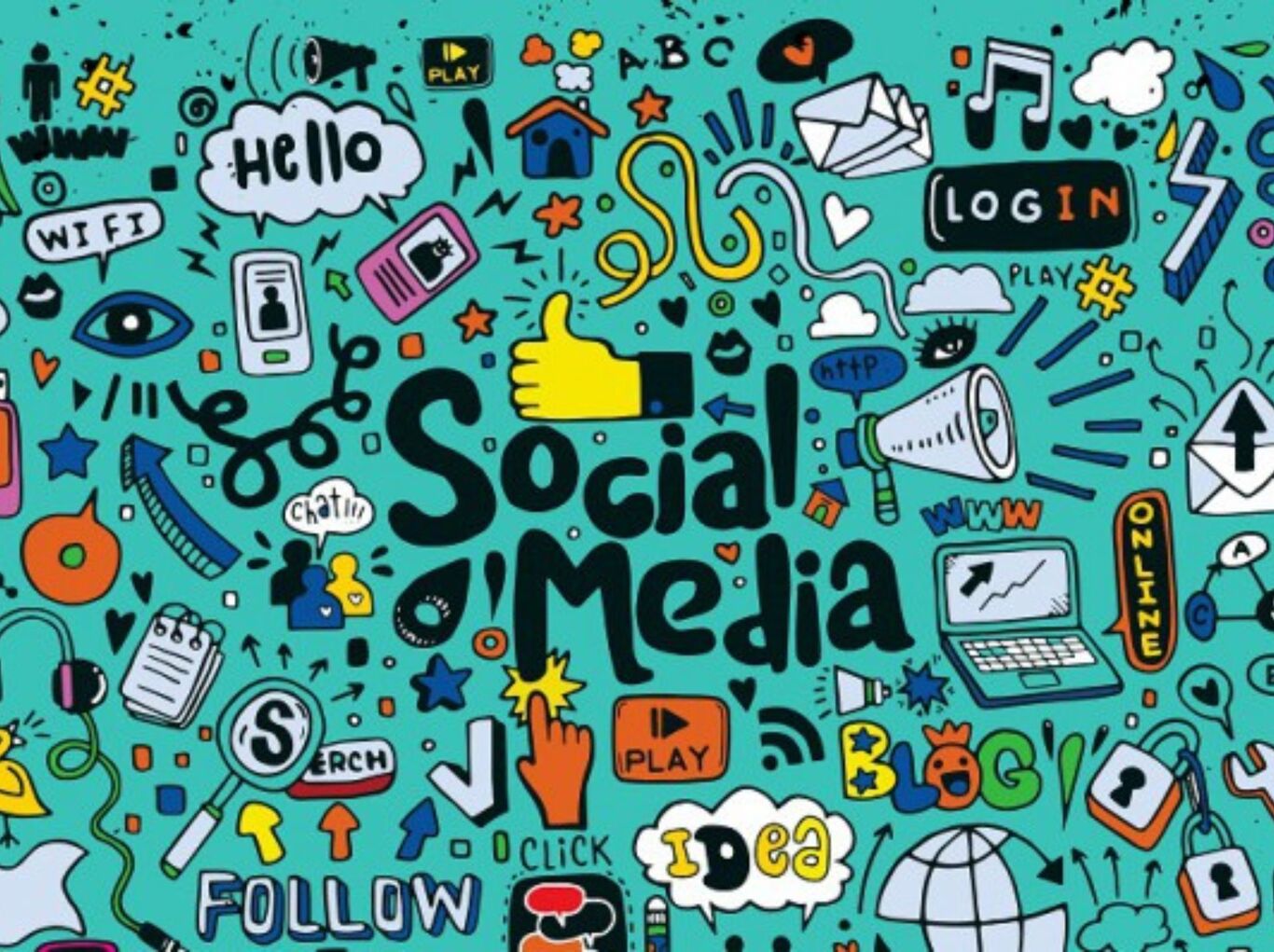Growth Strategies vs. Brand Strategies: A Marketer's Dilemma

Every founder knows the importance of marketing but there is one common problems for founders and marketing teams alike. As a marketer in today's digital space, one of the biggest dilemmas you face is choosing between a growth strategy focused on rapid customer acquisition versus building long-term brand equity and loyalty.
On one hand, you need to show tangible ROI and scale quickly in the digital age. On the other, taking a short-term approach can risk commoditizing your products or services. That can be a big opportunity miss to connect emotionally with customers. So, what's the right approach?
The truth is, it's not an either/or question. The most successful marketing strategies integrate both intensive growth tactics as well as brand-building campaigns. When integrated correct, you set your business up for both immediate wins as well as sustained success.
We'll break down the pros and cons of growth and brand strategies, look at real examples, and provide a framework for crafting an integrated marketing plan.
Understanding Growth Strategies
We will first need to understand what business growth strategies are. Every business wants to capitalise on the strategies that are working for them.
Growth marketing uses data-driven testing and optimisation to identify and scale tactics that deliver the highest ROI in terms of new customer acquisition and expansion. The focus is on metrics that indicate commercial rapid expansion for a successful business. This is what an intensive growth strategy is.
For example, when Dropbox launched its referral program, it tapped into existing user networks to acquire new users at very little cost. By providing customers free storage space for each referral, Dropbox incentivised word-of-mouth promotion and saw sign ups spike.
The advantages of a growth marketing strategy include:
- Quick wins and scalability to acquire customers rapidly
- Data-driven approach to double down on highest performing marketing tactics
- Improved ROI measurability for spend optimisation
However, there are some disadvantages to consider as well:
- Tactics may not build long-term brand equity and can seem transactional
- Growth could diminish over time as the market gets saturated
- Significant budget required for testing, analytics, and measurement
Now that we have some idea about business growth strategies, let’s understand what brand strategy is all about.
Understanding Brand Strategies
In contrast to intensive growth strategy, brand marketing focuses on positioning a business in the hearts and minds of customers. This is done by conveying brand values, personality, and differentiation from competitors.
The metrics here go beyond immediate sales and lead generation numbers. They focus on brand awareness, affinity, trust, and the emotional connection created with the audience.
Coca-Cola's widely popular "Share a Coke" campaign is a great example. By using custom name bottles and social sharing, it tapped into feel-good nostalgia. It also built connections rooted in personalization. While hard to quantify, the goodwill and brand strength definitely focused on brand loyalty.
The advantages of brand building strategies include:
- Long-term customer relationships and safety from pricing pressures
- Unique brand association in audience's minds regarding purpose and identity
- Buffer against market fluctuations and ability to expand into new products
The disadvantages should be kept in mind too:
- You may need to make a large upfront investment before you can see concrete results
- It can be challenging to measure the precise financial return and know how much budget to allocate
- Competitors with more straightforward messaging could gradually weaken customers' connection with your brand over time if you are not careful
Integrating Growth and Brand Marketing Strategies
Leading companies realise that the best marketing strategy brings together growth tactics and brand-building. Each approach strengthens the other.
Growth marketing attracts new customers and gets them to buy from you quickly. Branding keeps those customers loyal for the long run. It gets them to think of your brand as a friend they want to support.
When you combine fast acquisition strategies with emotional connections, magic happens. You will end up with happy repeat buyers who refer others to your brand.
The key is finding the right integration between performance marketing for instant sales, and impression-driven brand strategy campaigns. Do that well, and your business can thrive both today and tomorrow.
Just look at Airbnb - they nail it. They run glossy brand ads using gorgeous photos to connect emotionally with travellers. These showcase Airbnb's personality and values around adventure.
But at the same time, Airbnb doubles down on performance marketing across Google, Facebook, etc. Using targeted promos and referral rewards, the brand is able to fuel fast growth.
The result? User numbers and bookings are increasing exponentially. All while building a vibrant community that is loyal to the brand.
It's an approach any business can learn from. You've got to have cohesion across your growth and brand efforts.
- Make sure you've got alignment on business objectives between the two teams.
- Have shared metrics that cover both acquisition and retention goals.
- Use data and surveys to shape future campaigns for the integrated strategy.
When growth strategies and branding align, the outcomes can be remarkable. You drive larger business gains through increased revenue and lower acquisition costs. Plus, stronger emotional connections lead to higher retention and loyalty over time.
Crafting a Balanced Marketing Approach
So how can you bring these concepts together into an integrated growth and branding plan for your own business? The exact mix will depend on your goals, customers, and capabilities. But these steps help find the right balance between growth and brand strategy:
Focus on Defining Business Goals First
Before determining marketing strategies or budgets, get crystal clear on what success looks like for you. Set a specific target market for revenue growth, new customer acquisition, retention, expansion, and brand recognition over the next 1-3 years. These targets should drive your integrated plan.
Analyse Your Brand Position
Take an honest look at how customers currently see your brand. Run surveys to measure brand awareness, awareness level, trust and other loyalty scores. Compare results to top performers in your space to identify gaps.
Determine Strategies to Close the Gap
Think of creative and unique ways to get customers more hooked on your brand. Map out social media campaigns, attention-grabbing content, referral perks, and product upgrades that show what you stand for. Blend emotional connections with performance marketing promotions to make the brand more popular. Moreover, make sure your brand messaging is consistent across different social media platforms.
Your brand should not operate blindly. For a good brand strategy, use insights like,
- Survey customers often to measure brand awareness, satisfaction scores, and loyalty levels over time.
- See where you fall short compared to competitors.
- Spot areas needing improvement.
The goal is to connect marketing activities today with your future growth goals in customers’ hearts and minds. By combining emotional connections and real business results, you bridge the gap between your vision and current reality.
Companies like GrowthJockey can help you build balanced marketing plans to grow your brand the right way!
Executing a Balanced Marketing Plan
With a strategic blueprint set, excellent execution brings your balanced growth and brand strategy to life. Since intensive growth strategy can be a challenge to maintain, look for a plan that is sustainable. Make sure it’s a balance across creative campaigns, performance marketing, and metric analysis.
Build Emotional Storytelling
Have your creative team develop interesting stories and posts for social media that get people feeling an emotional connection with your brand's purpose. These days people love connecting with people, so, use real human moments that showcase your values. Make it entertaining so audiences actively engage with your campaigns.
Run Smart Online Promotions
Your marketing specialists should aggressively promote your company on Google, Facebook and Instagram feeds targeting potential customers. Offer them discounts or contest perks to incentivise sign-ups and purchases on spot.
Connect Emotion and Action
Your analytics team needs to track how brand perception surveys and online reviews shift alongside website traffic and sales growth. This helps you figure out if your messaging integration across advertising channels is working to both strengthen emotional bonds and drive real business.
The key is coordinating brand content that connects emotions with performance marketing driving conversions and transactions.
Conclusion
Marketing strategies centred solely on rapid growth or brand building alone have serious risks. An integrated approach that combines both intensive growth strategy with emotional branding allows businesses to reap complementary benefits.
When done right, this can bring in great outcomes - both immediate sales and follower growth powered by performance marketing. This can also give your brand a competitive advantage and loyalty stemming from strong emotional connections.
Leading brands first identify gaps between goals and current brand perception. They subsequently map integrated strategies coordinating messaging across channels to bridge these gaps.
The future favours marketers who embrace the power of balanced marketing plans tailored to their specific business challenges and opportunities. But, if you are wondering how your business can find the perfect balance between growth and brand strategy, we are here for you!
Get in touch with our team to build tried and tested brand strategy and business growth strategies.
FAQs
1. What metrics best evaluate an integrated marketing strategy?
Some of these key metrics are - cost per lead, sales cycle velocity, repeat purchase rate and brand health - awareness, favourability scores, social engagement rates.
2. What organizational changes may be required for integrated strategies?
Ideal setup includes coordination across Creative, Performance Marketing and Insights teams to enable better strategies.
3. How can budget be optimally divided between growth vs brand efforts?
Starting ratio could be 70/30 for growth/brand strategy but dynamically shift over time based on macro trends and analysis.








